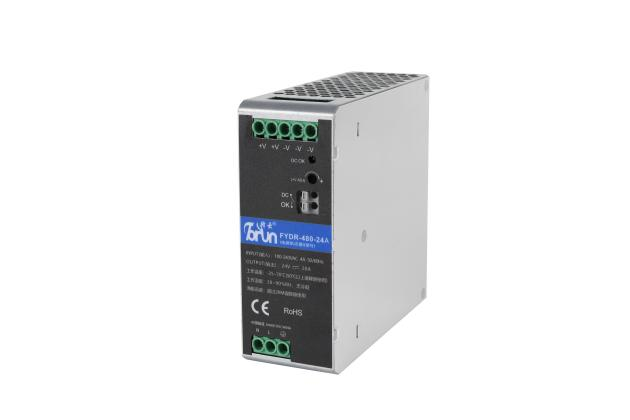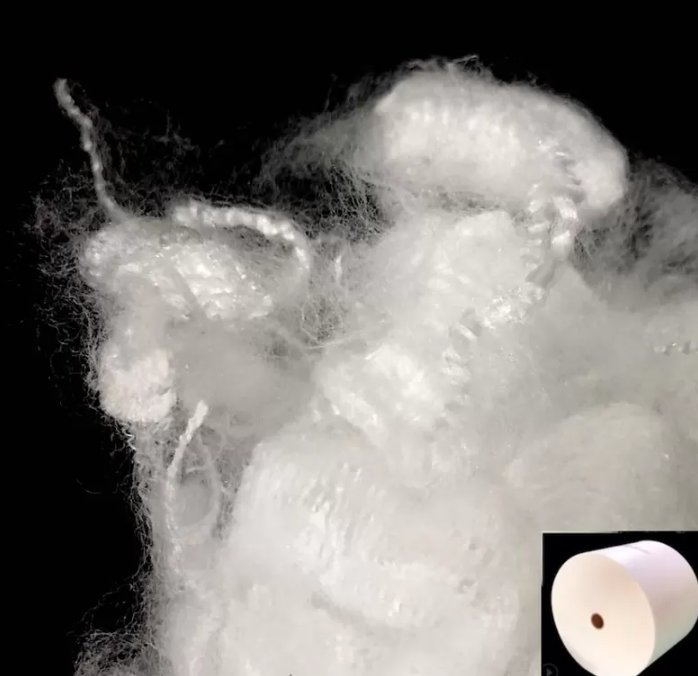Unveiling the Drawbacks: A Comprehensive Analysis of Plate Heat Exchangers
Plate heat exchangers (PHEs) have gained significant traction in various industries due to their compact design and high thermal efficiency. However, despite their advantages, they are not without their disadvantages. This article delves into the potential drawbacks of plate heat exchangers, providing a nuanced understanding for engineers, facility managers, and decision-makers in the field.
- Complexity in Maintenance and Cleaning
One of the primary disadvantages of plate heat exchangers is the complexity involved in their maintenance and cleaning processes. Unlike shell-and-tube heat exchangers, which can be relatively straightforward to clean, PHEs require disassembly for thorough cleaning. This can be time-consuming and labor-intensive, especially in applications where fouling is prevalent. The intricate design of plates can also make it challenging to access all surfaces, potentially leading to residual deposits that can affect performance over time.
- Higher Initial Costs
While plate heat exchangers are often praised for their efficiency, the initial investment can be higher compared to other types of heat exchangers, such as shell-and-tube models. The cost of materials, manufacturing, and assembly can contribute to a steeper price tag. For smaller operations or those with limited budgets, this upfront cost can be a significant barrier to adoption, despite the potential for long-term savings through energy efficiency.
- Pressure and Temperature Limitations
Plate heat exchangers have specific limitations regarding the pressure and temperature they can handle. While advancements in technology have improved their capabilities, they may still fall short in high-pressure or high-temperature applications compared to other designs. This limitation can restrict their use in certain industrial processes, necessitating the selection of alternative heat exchanger types that can better accommodate extreme conditions.
- Potential for Leakage
The design of plate heat exchangers, which involves gaskets or welded plates, can introduce the risk of leakage. Gasketed plate heat exchangers, in particular, are susceptible to gasket wear and failure, leading to cross-contamination between fluids. This not only poses a risk to the integrity of the process but can also lead to costly downtime and repairs. Regular inspection and maintenance are essential to mitigate this risk, adding another layer of complexity to their operation.
- Limited Fluid Compatibility
The materials used in plate heat exchangers can limit their compatibility with certain fluids. For instance, aggressive chemicals or fluids with high particulate content may require specialized materials or designs, which can increase costs and complicate the selection process. In industries where fluid compatibility is a concern, this limitation can hinder the versatility of plate heat exchangers.
- Thermal Shock Sensitivity
Plate heat exchangers are sensitive to thermal shock, which can occur when there are rapid changes in temperature. This sensitivity can lead to structural integrity issues, including cracking or warping of the plates. In applications where temperature fluctuations are common, this can pose a significant risk, necessitating careful monitoring and control of operating conditions to prevent damage.
- Flow Distribution Challenges
Achieving optimal flow distribution in plate heat exchangers can be challenging. Uneven flow can lead to areas of low velocity, which increases the likelihood of fouling and reduces overall efficiency. Proper design and installation are crucial to ensure that the fluid flows uniformly across the plates, but this can require additional engineering considerations and expertise.
Conclusion
While plate heat exchangers offer numerous advantages, including compactness and high thermal efficiency, it is essential to consider their disadvantages in the context of specific applications. Understanding the complexities of maintenance, initial costs, pressure limitations, leakage risks, fluid compatibility, thermal shock sensitivity, and flow distribution challenges can help engineers and facility managers make informed decisions. By weighing these factors against the benefits, stakeholders can better assess whether a plate heat exchanger is the right choice for their thermal management needs.





